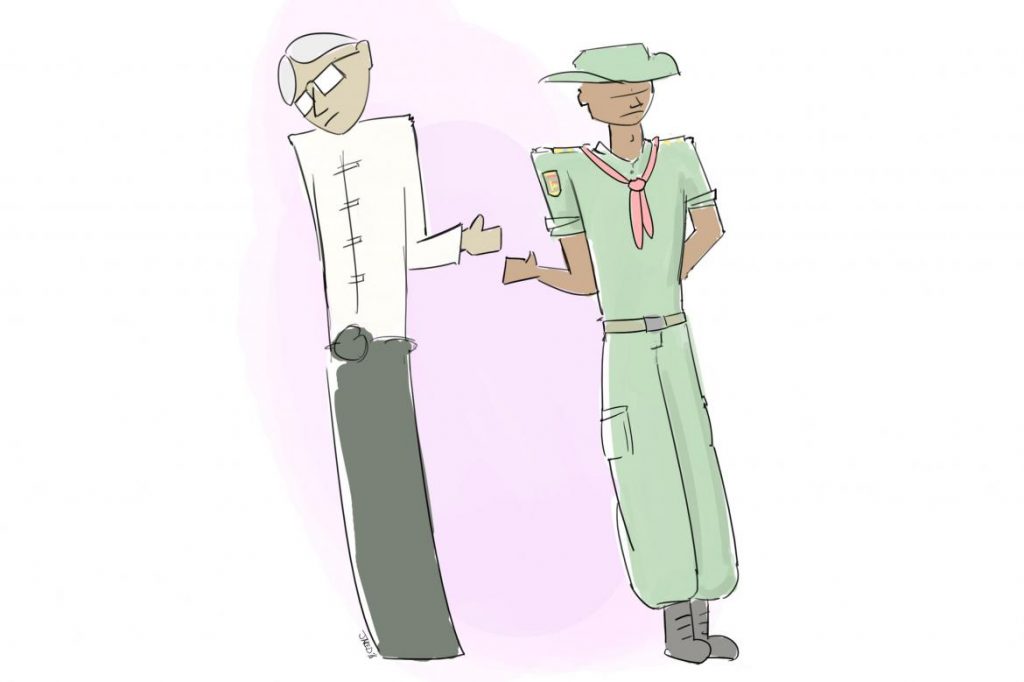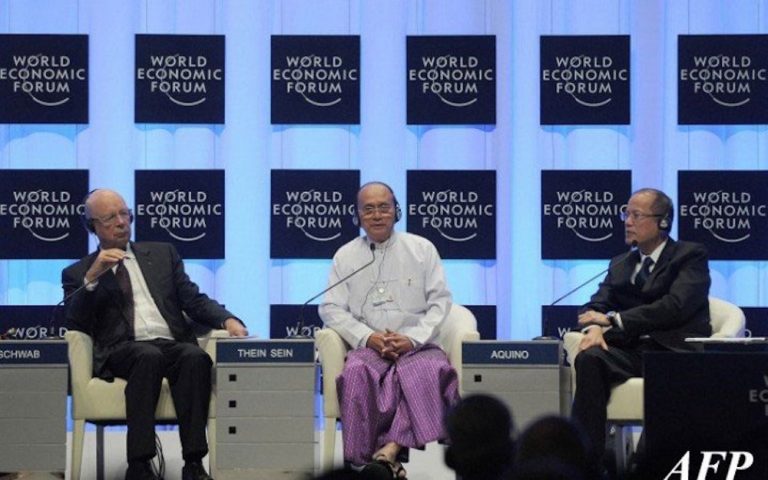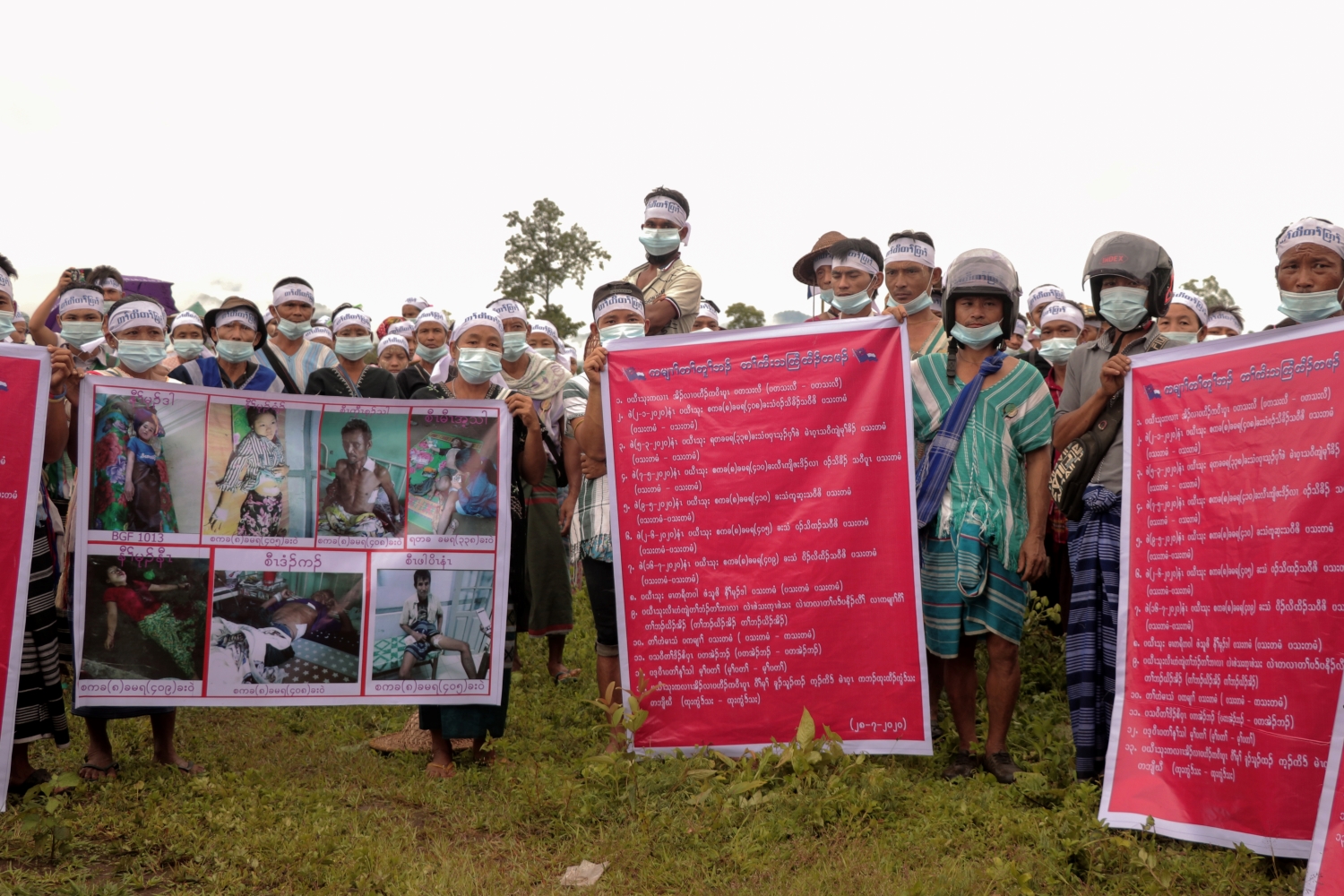In time, a serious discussion will need to take place about what a federal Myanmar might look like.
THE 21st Century Panglong Union Peace Conference, which began in Nay Pyi Taw this week, is one of the most significant political events of the year. At the same time, it is clear that it will be little more than a symbolic event.
This should hardly come as a surprise. There are no easy fixes in Myanmar’s peace process. The indication that most ethnic armed groups – including both signatories and non-signatories of last October’s Nationwide Ceasefire Agreement – will attend is an encouraging, and important, step forward.
Three groups involved in the Kokang conflict last year – the Myanmar National Democratic Alliance Army, the Ta’ang National Liberation Army and the Arakan Army – were not allowed to attend. Their presence would have been a further indication of progress, of give and take on both sides of the peace process divide. Their absence highlights the gulf in trust between the Tatmadaw and ethnic armed groups, and the challenges the government faces in ending six decades of conflict.
Nevertheless, the government insists the door remains open, and it will no doubt redouble its efforts to bring them back into the process.
More important than what happens in the capital this week are the conversations that the Panglong conference makes possible moving forward. Most will take place in meetings held by various groups and committees throughout the year, when attentions are elsewhere.
Support more independent journalism like this. Sign up to be a Frontier member.
To build and maintain momentum, a degree of compromise will be needed from all sides.
As the leader of this process, much of the focus – and expectation – is resting on Daw Aung San Suu Kyi. Her challenge will be to juggle the demands of her party and constituents with those of the Tatmadaw and the ethnic armed groups – the latter already split as a result of the previous administration’s policies.
Recent events suggest she has managed to forge a working relationship – superficially, at least – with commander-in-chief Senior General Min Aung Hlaing. Continued amicability will be crucial. But this is a balancing act; she must also ensure she is not regarded by ethnic minorities as an ally of the military.
Some, particularly the NCA non-signatories, already regard her as being less than sympathetic to their demands. If she is drawn too close to the military, then that distrust will only grow.
But then there’s the other side. It’s important to remember that it was the military that initiated the peace process, and remain an important stakeholder. If Tatmadaw leaders feel that Aung San Suu Kyi is making too many concessions, then they could obstruct progress. It will require all of her formidable political and diplomatic skills to chart a safe and productive course on the peace process.
But she and her government need support. The Tatmadaw and ethnic armed groups will need to make compromises, too.
For now, it’s about getting everyone around the table. In time, though, a serious discussion will need to take place about what a federal Myanmar might look like. When that happens, the military will need to soften its stance on the constitution, and decide which sections it will be willing to debate.
Discussions at the recent Mai Ja Yang conference, where ethnic negotiators put forward a range of proposals on redrawing Myanmar’s state and region borders, suggest that ethnic armed groups still need to consolidate a workable position from which to negotiate.
The proposal for eight states split down ethnic lines, including a single Bamar State, was bold but unrealistic. Myanmar’s ethnic minorities have justified grievances about how they have been treated in the past, but they also need to acknowledge the aspirations and concerns of the country’s ethnic Bamar majority. In short, they will need to make concessions, too.
What those concessions are will be revealed in time. But this much is clear: it will take compromise from all sides, and some delicate management from the government, for Myanmar to achieve a truly nationwide peace.
This editorial originally appeared in the September 1 issue of Frontier.







